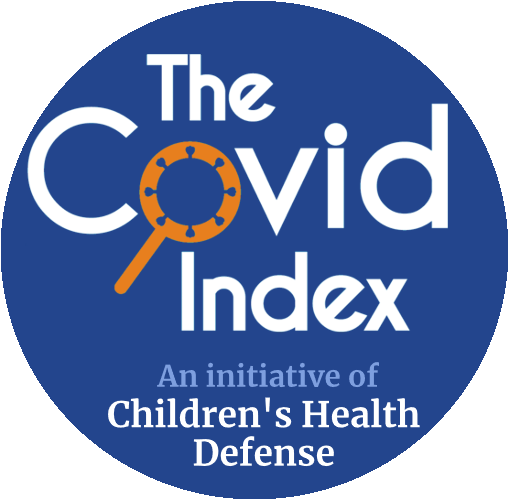Preprint article
"Abstract
Introduction: ... The purpose of this study is to explore potential associations between vaccination and neuropsychiatric conditions.
Methods: Data were collected from the U.S. Centers for Disease Control and Prevention (CDC) and the U.S. Food and Drug Administration (FDA). The CDC/FDA Vaccine Adverse Event Reporting System (VAERS) was queried from January 1, 1990, to December 27, 2024, for adverse events (AEs) involving neuropsychiatric complications...
Results: [W]hen comparing COVID-19 vaccination to all other vaccines except COVID-19, the safety signals were also breached for the following: 47 AEs associated with cognitive impairment (PRR: 26.8, 95% CI: 19.8-36.1, p < 0.0001, Z-score: 21.5); 28 AEs associated with general psychiatric illness (PRR: 28.6, 95% CI: 21.2-38.6, p < 0.0001, Z-score: 21.9); and 11 AEs associated with suicide/homicide (PRR: 14.0, 95% CI: 10.3-19.0, p < 0.0001, Z-score: 16.8).
Conclusions: There are alarming safety signals regarding neuropsychiatric conditions following COVID-19 vaccination, compared to the influenza vaccinations alone and to all other vaccinations combined. These data raise concerns about long-term consequences, including continued cognitive decline, dementia, and neuropsychiatric morbidity and mortality. An immediate global moratorium on COVID-19 vaccination is warranted.
Introduction
COVID‐19 vaccine lipid nanoparticle (LNP) technology was designed to facilitate delivery to all bodily tissues, including the ability to cross natural barriers, such as the blood‐brain barrier. The Food and Drug Administration (FDA) issued its first Emergency Use Authorization (EUA) for the Pfizer‐BioNTech mRNA COVID‐19 gene therapy product on December 11, 2020, followed one week later by Moderna’s version. Although these experimental, non‐traditional 'vaccines' were classified as vaccines under a new CDC definition, they contained a degradation‐resistant mRNA sequence coding for a single COVID‐19 viral antigen, known as the spike protein. The spike protein can cross the blood‐brain barrier through vascular damage and exhibit pathological activity, while both the LNPs and the spike protein are highly inflammatory. It is also known that the mRNA for the spike protein can be expressed in the brain following both a natural infection and, particularly, after repeated COVID‐19 mRNA 'vaccinations.'
Rushed testing and careless reviews by the FDA inexcusably overlooked the fact that the spike protein is a biologically toxic molecule. The FDA also failed to recognize that the spike protein mRNA inserted into the pseudo‐vaccine incorporates potential amyloidogenic regions within its tertiary structure. Roh and colleagues report a potential association between COVID‐19 vaccination and the rapid progression of Alzheimerʹs disease. Further studies may link this to the effects of chronic cytokine production. Perez, Moret‐Chalmin, and Montagnier, a former Nobel Laureate, reported 26 cases of Creutzfeldt‐Jakob Disease (CJD), all diagnosed in 2021, with the first symptoms appearing an average of 11.38 days after receiving a Pfizer, Moderna, or AstraZeneca COVID‐19 injection. Biomarkers were consistent with this diagnosis, but unfortunately, histological analysis was never performed. Cognitive deficits and the onset of psychiatric illnesses have also been reported after the COVID‐19 vaccines ...
Discussion
We found multiple concerning safety signals within the CDC/FDA Vaccine Adverse Event Reporting System (VAERS) related to COVID‐19 vaccinations and neuropsychiatric disorders. The CDC/FDA consider a proportional reporting ratio (PRR) ≥ 2 to indicate a safety signal breach. Z‐ scores are valuable for evaluating PRRs, as they represent the number of standard deviations above the mean PRR. For example, a Z‐score above 6 is considered statistically improbable, meaning the PRR is so far in the upper tail of the distribution that the probability of this association occurring by chance alone is near zero."
Commentary by Dr. Sherry Tenpenny:
https://www.instagram.com/reel/DIc8-WDuZGp/?igsh=ZHlpdWluazRjd21l
© 2025 by the author(s).
This open access article is published under a Creative Commons CC BY 4.0 license, which permit the free download, distribution, and reuse, provided that the author and preprint are cited in any reuse.
